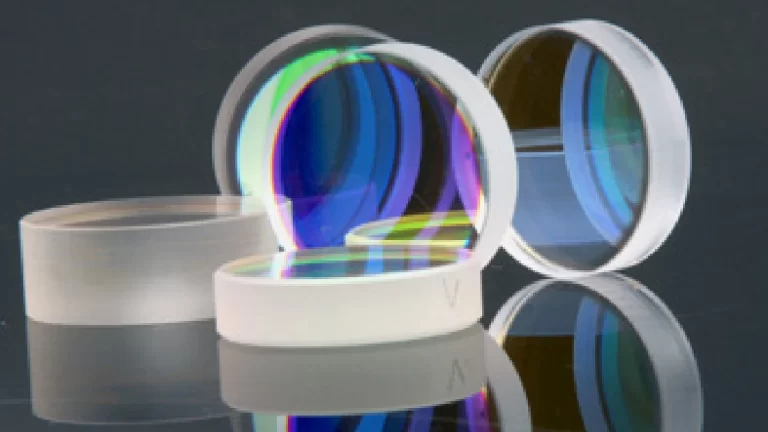Improving Manufacturing QC with Telecentric Lenses
In the realm of manufacturing, maintaining high-quality standards is paramount to ensure the reliability and performance of products. One essential tool that has revolutionized the quality control process is telecentric lenses. These specialized optical devices offer unique advantages that enhance the accuracy, efficiency, and reliability of quality control inspections. In this blog post, we’ll explore how telecentric lenses are used to improve the quality control process in manufacturing.
Understanding Telecentric Lenses
Telecentric lenses are optical lenses designed to produce collimated light rays, meaning that the chief rays of light are parallel to the optical axis throughout the entire field of view. This characteristic eliminates perspective errors and ensures consistent magnification, making telecentric lenses invaluable for accurate measurements and inspections.Applications of Telecentric Lenses in Quality Control
- Dimensional Inspection: Telecentric lenses are widely used for dimensional inspection tasks where precise measurements are critical. By maintaining consistent magnification and eliminating perspective distortion, these lenses ensure accurate assessment of object dimensions, tolerances, and geometric features. Whether measuring the length, width, or thickness of components, telecentric lenses provide reliable results, contributing to tighter quality control standards in manufacturing.
- Defect Detection: Telecentric lenses excel in detecting defects and anomalies in manufactured components. With their uniform illumination and distortion-free imaging capabilities, these lenses enable inspectors to identify even subtle surface imperfections, scratches, or irregularities that may affect product performance or aesthetics. By enhancing the sensitivity and accuracy of defect detection processes, telecentric lenses help manufacturers uphold stringent quality standards and minimize the risk of product recalls or customer dissatisfaction.
- Assembly Verification: In assembly processes, telecentric lenses play a crucial role in verifying the correct positioning and alignment of components. By capturing distortion-free images with uniform magnification, these lenses ensure precise alignment of parts, fasteners, or connectors within assembled products. This helps manufacturers prevent assembly errors, reduce rework, and ensure the integrity and functionality of finished products.
- Surface Inspection: Telecentric lenses are employed for surface inspection tasks, such as analyzing textures, patterns, or coatings on manufactured components. Whether examining painted surfaces, printed labels, or machined finishes, these lenses provide clear and consistent imaging, allowing inspectors to assess surface quality and conformity with design specifications. By enabling thorough surface inspections, telecentric lenses help manufacturers maintain aesthetic standards and enhance the visual appeal of their products.
Benefits of Using Telecentric Lenses in Quality Control
- High Accuracy: Telecentric lenses offer unparalleled accuracy in measurements and inspections, thanks to their uniform magnification and distortion-free imaging capabilities.
- Improved Efficiency: By eliminating perspective errors and minimizing the need for complex calibration procedures, telecentric lenses streamline the quality control process, reducing inspection time and labor costs.
- Enhanced Reliability: With their precise imaging and defect detection capabilities, telecentric lenses provide reliable results, ensuring consistency and repeatability in quality control assessments.
- Cost Savings: By identifying defects early in the manufacturing process and preventing costly rework or product recalls, telecentric lenses help manufacturers save money and maintain profitability.








